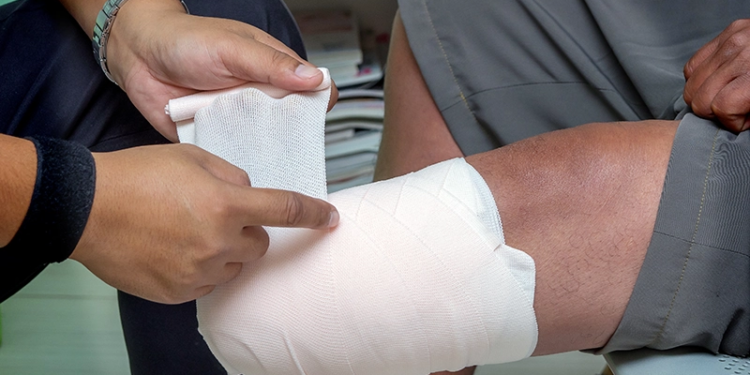Capstone project completed at University of Pittsburgh
Complications that occur with limb loss may significantly hinder a person’s health-related quality of life (HRQL). In the United States, it is estimated that 40,000 amputations occur each year, with a majority of limb loss occurring secondary to diabetes mellitus, followed by trauma, infection, and malignancy.1,2 Of the many complications that may arise following limb loss, phantom limb pain (PLP) is among one of the most commonly reported issues, affecting up to 80 percent of individuals with limb loss. PLP is characterized as pain in the limb that is no longer there; the pain in the missing limb can be described as neuropathic, such as shooting, sharp, and electrical-like or more nociceptive, such as squeezing or cramping. These symptoms may occur after the first six months following amputation or be delayed, lasting for months or years.2,3
Support authors and subscribe to content
This is premium stuff. Subscribe to read the entire article.




